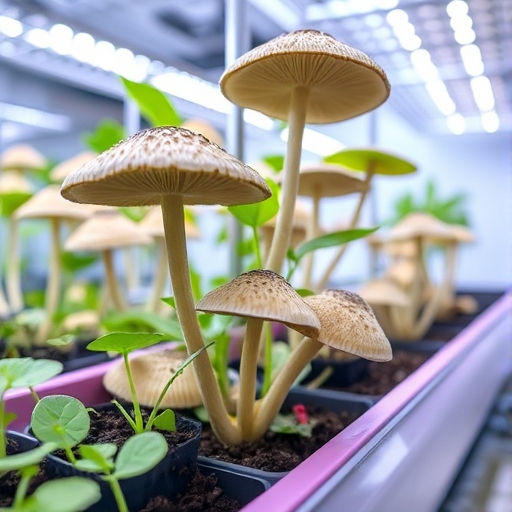
The Role of Integration in Psychedelic Healing
Psychedelic experiences can be powerful, emotional, and deeply transformative. While the journey itself often receives the most attention, what happens afterward—the integration process—plays a crucial role in turning insights into meaningful, lasting change. Integration refers to the practice of reflecting on, understanding, and applying what was experienced during a psychedelic state in everyday life.
What Is Integration?
Integration is the period after a psychedelic experience where a person processes their thoughts, emotions, and realizations. It may involve journaling, therapy, meditation, lifestyle adjustments, or intentional conversations with trusted individuals. The goal is not to recreate the experience, but to translate it into growth, healing, and greater self-awareness.
Without integration, profound moments can fade or become confusing. With proper support, however, even challenging experiences can lead to clarity and transformation.
Why Integration Matters
Psychedelics can temporarily dissolve habitual mental patterns, allowing people to see themselves and their lives from a new perspective. Integration helps ensure that:
Insights become actionable rather than fleeting.
Emotional breakthroughs lead to healing instead of overwhelm.
New understandings align with healthier behavior and choices.
Confusing or difficult moments are processed safely.
In therapeutic settings, integration is considered just as important as the psychedelic session itself.
Common Integration Practices
Several approaches can help individuals integrate their experiences effectively:
1. Journaling
Writing about the experience helps organize thoughts, clarify insights, and track changes over time.
2. Mindfulness and Meditation
Grounding practices help maintain emotional balance and deepen self-reflection.
3. Therapy or Counseling
Working with trained professionals—especially those experienced in psychedelic integration—provides guidance, emotional support, and structure.
4. Creative Expression
Drawing, music, movement, and other forms of art can help express abstract feelings or visions.
5. Community and Sharing Circles
Supportive groups or trusted friends can offer perspective and reduce isolation.
Challenges in Integration
Not all psychedelic experiences are pleasant. Some bring up grief, fear, or suppressed memories. Integration helps individuals unpack these emotions in a safe, gradual way. Without proper guidance, people may struggle to make sense of overwhelming experiences or return to old patterns.
Legal restrictions and lack of trained professionals can also limit access to structured support, making personal discipline and safe communities especially valuable.
Integration in Therapeutic Settings
In clinical research and psychedelic-assisted therapy, integration is built into the process. After a guided session, participants engage in multiple follow-up discussions with therapists to explore insights and apply them to mental health treatment goals. This structured approach has shown promising results for conditions like depression, PTSD, and addiction.
Conclusion
The integration of psychedelic experiences is a vital step in turning temporary states of expanded awareness into lasting growth. Whether the experience was healing, challenging, or enlightening, the way it is processed afterward determines its long-term impact. With intention, reflection, and support, integration can transform psychedelic moments into meaningful change in daily life.